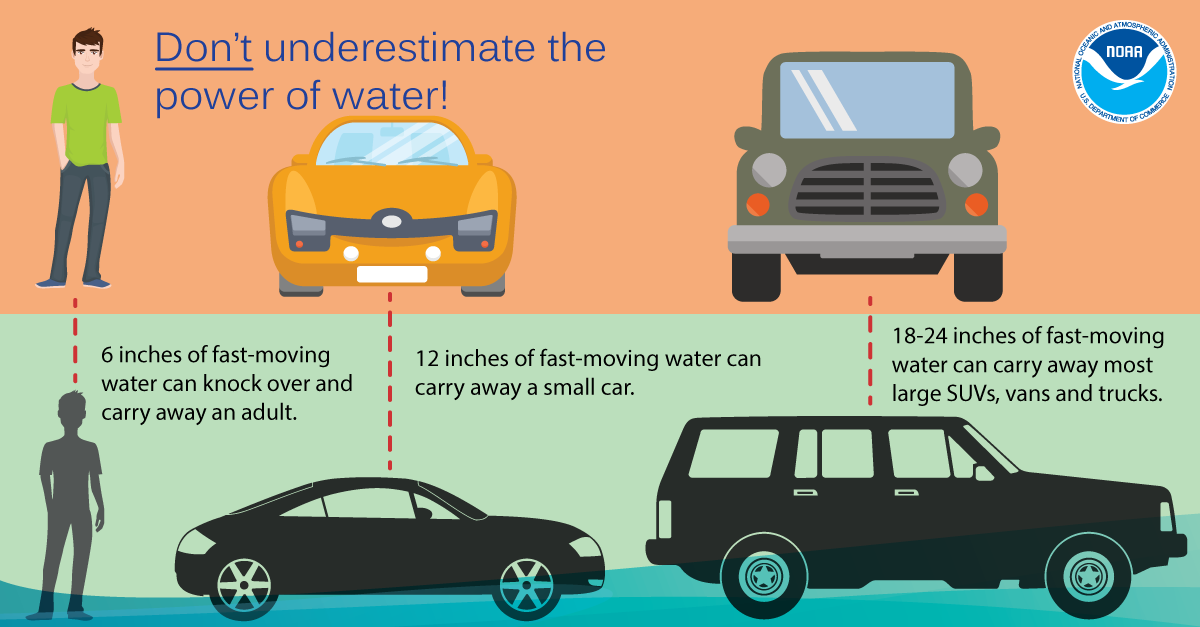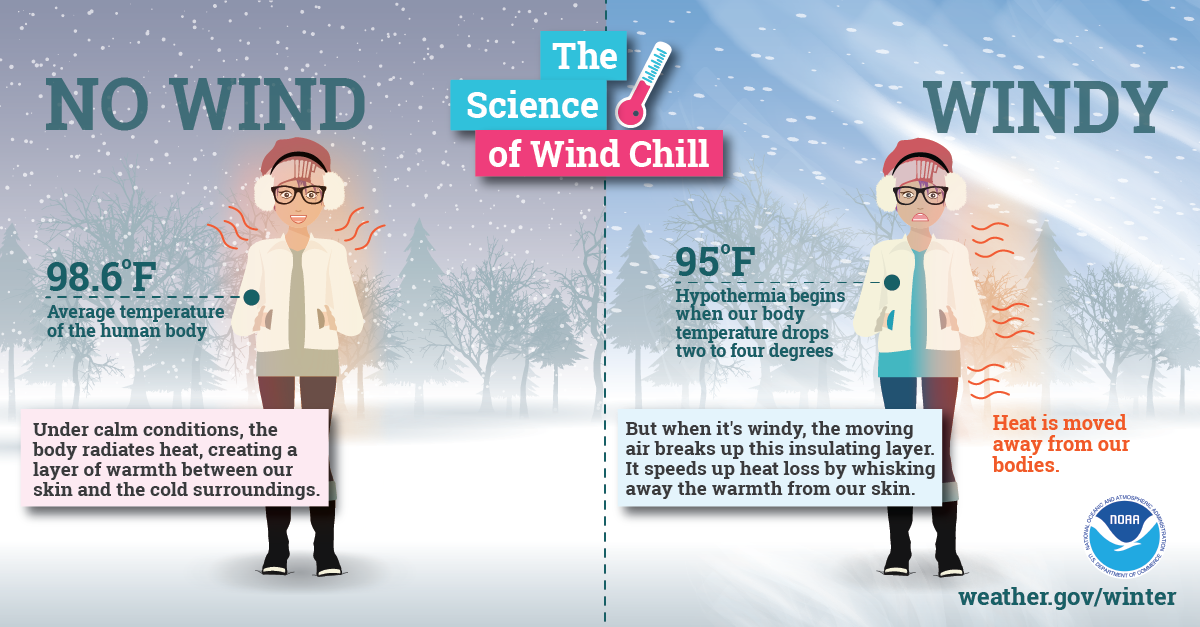Extreme Storms and Flooding
Soaked basements. Saturated fields. Smashed cars.
Snapped power lines. Broken bridges and collapsed roadways. From coast to coast, Michigan’s communities struggle with extreme storms, strong winds, high water levels, and flooding. The resulting damage can cripple communities and ruin livelihoods. As climate change leads to more frequent and more severe storms in Michigan, it’s more important than ever to be aware and prepared for potential hazards from storms and flooding.
This page highlights the hazards that individuals and homeowners might face during extreme weather. For more information about how communities can prepare for and respond to these challenges, visit:
Resilient Coastal Communities Disaster Planning and Response Lake Levels
Flooding
Flooding happens whenever water has nowhere to go. This can happen after heavy rain, when snow melts, or as lake levels rise. Even shallow, slow-moving flood waters can become a major hazard.
In addition to damaging homes, businesses, power lines, agricultural fields, roadways, and other infrastructure, extreme storms and floods can also:
- Wash high levels of nitrogen, phosphorus, and other nutrients into rivers and streams, where they can lead to harmful algal blooms.
- Give invasive fish and plant species new routes for moving from one water body to another.
- Create damp environments that encourage the growth of mildew, mold, harmful bacteria, and mosquito larvae.
- Tempt people to swim, drive, fish, wade, or boat in potentially hazardous waters. Fast-moving currents, underwater obstructions, and waterborne contaminants can all threaten the health and safety of people who take risks in floodwaters.
Michigan State University Extension has a collection of important resources for farmers and homeowners affected by flooding. Click here for flood recovery resources related to crop fields, food safety, helping children through crisis, and more.


The Great Flood of 1986
In 1986, Michigan experienced a devastating storm and flood event. Michigan Sea Grant and partners have collected stories and photographs from people who experienced the historic flooding, particularly in the hard-hit Saginaw Bay region.
Disasters like the 1986 flood can teach us lessons about preparing for and coping with future storms.
High winds
Even without a tornado in sight, high winds can cause serious damage to buildings, trees, and power lines. Keeping trees trimmed and healthy can reduce the risk of damage to homes and vehicles. If a storm is approaching, the National Weather Service recommends that you secure loose outdoor furniture or other items, secure all outside doors, and move your car to a safe location. If particularly high winds are in the forecast, consider covering your windows with plywood, security window films, glass window clips, or other materials. See recommendations from the Federal Alliance for Safe Homes.


Winds pose an extra level of threat in the winter. Understand the science of wind chill so you can properly prepare before going outside on a blustery day.

